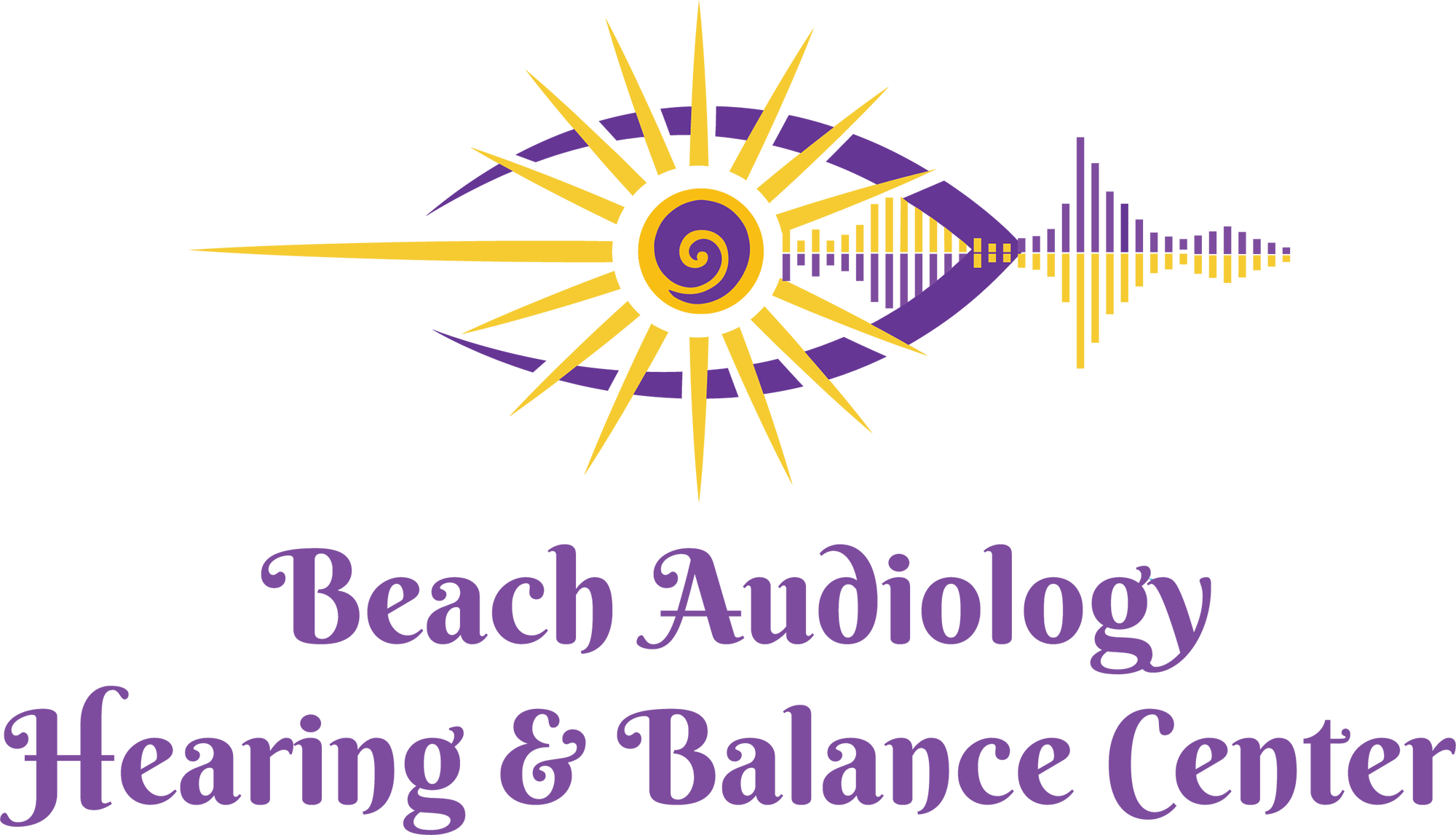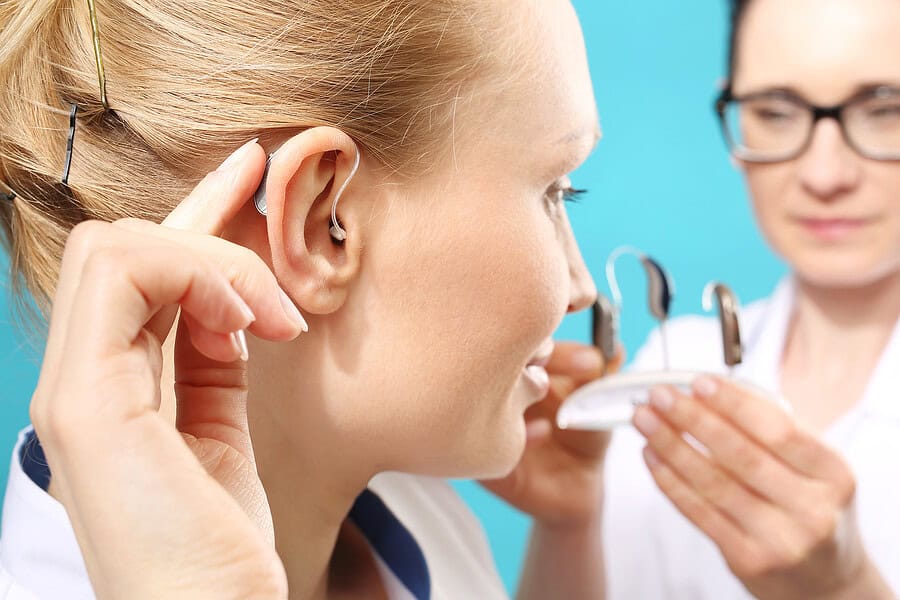When it comes to hearing aids, comfort is paramount. Poorly fitting hearing aids can lead to discomfort, irritation, and even pain, making the experience of wearing them unpleasant. Over time, discomfort can discourage consistent use, which may affect one’s ability to communicate effectively and enjoy daily activities.
A proper fit is not just about outer comfort; it also influences how well the hearing aids work. Hearing aids that fit correctly create a good seal, which is important for optimal sound quality. If the fit is off, background noise might leak in to distract users from the sounds that matter most.
Impact on Sound Quality
Sound quality is perhaps the most important aspect of any hearing aid. The way a hearing aid fits can significantly affect this, as gaps or pressure points can distort the sound. Getting the fit right ensures that the device can work to its full potential, providing clear and nuanced audio.
Each person’s ear shape is unique, and a well-fitted hearing aid can make the difference between mediocre and excellent hearing restoration. When the hearing aid sits properly in the ear canal, it can deliver sound precisely and effectively. This precision helps in distinguishing between different sounds and improving the auditory experience.
The Fitting Process
The fitting process starts with a detailed assessment of one’s hearing needs and the shape of the ears. An audiogram may be conducted to understand the extent of hearing loss and identify the best type of hearing aid. This initial step is critical for creating a personalized hearing solution that ensures both comfort and effectiveness.
Once the right type of hearing aid is chosen, the next step involves crafting a customized fit. Modern technology, such as 3D ear scans, allows for precise modeling of ear shapes, resulting in hearing aids that fit snugly and comfortably. Following the fitting, real-world testing helps fine-tune the devices for various environments and situations.
Adjustments Over Time
Furthermore, creating a safe and supportive living environment by eliminating common trip hazards, such as loose rugs or cluttered walkways, and making sure all areas are well-lit, especially stairways and hallways, can greatly reduce the risks associated with balance issues. Using assistive devices like grab bars, handrails, and non-slip mats in high-risk areas such as bathrooms and kitchens can provide an extra layer of safety and reassurance.
Taking these proactive and preventative measures can lead to a meaningful improvement in managing symptoms while also supporting long-term independence and quality of life. If you’re unsure where to begin or feel overwhelmed, scheduling a home safety evaluation with a qualified hearing health professional can provide guidance. Your safety, comfort, and confidence at home truly matter.
Working Closely with Your Hearing Health Professional
Building a strong relationship with your hearing health professional can greatly enhance the experience of using hearing aids. Open communication allows for better understanding and quicker resolution of any issues. Whether it’s discussing comfort, sound quality, or any other concerns, being honest and forthcoming ensures that the hearing aids are tailored to one’s needs.
Your hearing health professional brings a wealth of knowledge and expertise, which can be incredibly valuable. They are equipped with insights about the latest technology and can offer practical advice for maintaining and adjusting hearing aids. By working closely together, achieving the perfect fit becomes a collaborative and effective process.
Tips for a Successful Fit
Patience and persistence are key when striving for the perfect hearing aid fit. It might take several visits and adjustments to get everything just right. Trust the process and understand that each tweak is a step towards better comfort and sound quality. Being open to experimentation can also help.
Sometimes, trying different styles or models of hearing aids can lead to discovering what works best. Don’t hesitate to communicate any discomfort or issues, as these insights are invaluable for making the necessary adjustments. If you’re ready to find your perfect fit, schedule a hearing evaluation today and take the next step toward clearer, more comfortable hearing.

